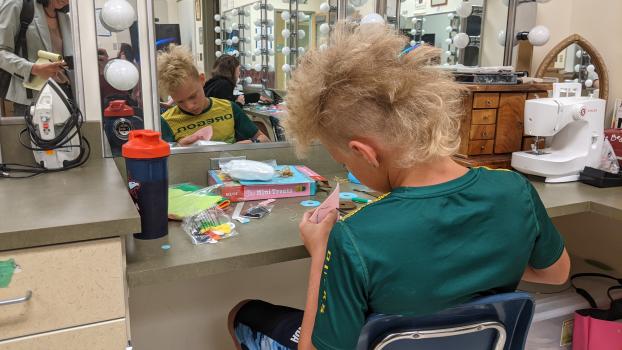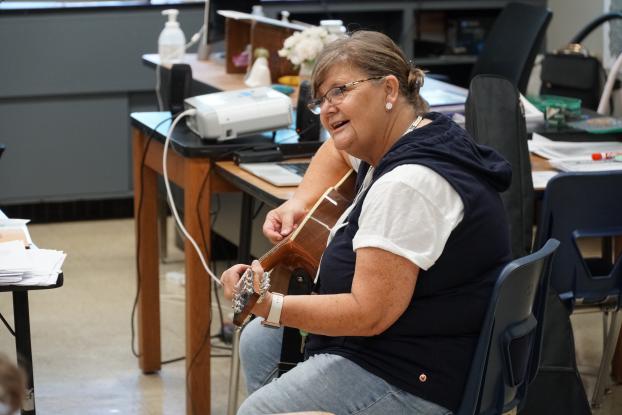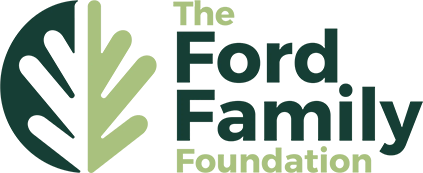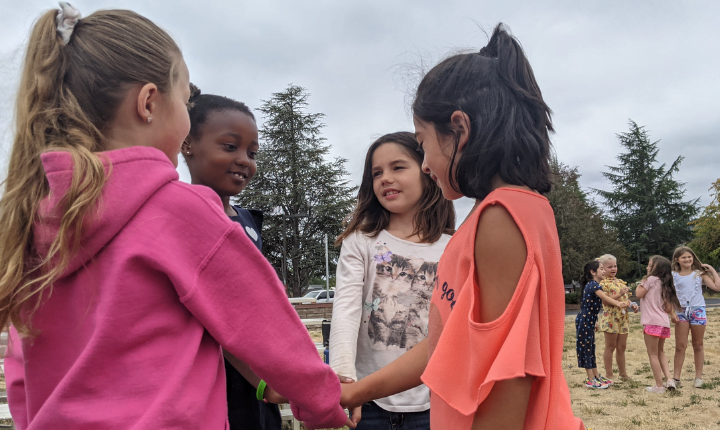Rural educators seize summer opportunities for student connection
Jayden Asumendi spent most of the last school year away from his peers, doing his schoolwork at his home in the Roseburg area. And, like many of his peers, Jayden struggled in the new learning atmosphere, looking forward to returning to school. He got to do that this summer.
Jayden was one of about 1,500 students in one of three summer school programs offered through the Roseburg School District: summer enrichment, extended school year and credit recovery. Jayden, who lost a few credits due to online learning challenges, took summer school to catch up before his junior year at Roseburg High School, but it wasn’t a difficult choice.
“It keeps me on track – having somebody there helps me stay focused,” he says. “Last year was hard. I like to ask questions. It was hard to get that interaction.”
Expanded summer learning opportunities in 2021 helped students across rural Oregon get both the academic credits they need to graduate in four years and reconnect to learning in a school environment.
The Oregon Legislature earmarked more than $270 million in federal recovery aid for summer programs. “We’ve got a lot of kids that weren’t at school for a host of reasons,” says Jared Cordon, superintendent of Roseburg Public Schools. “COVID-19 threw a huge wrench in their life as a family. We had kids that were working to help their family pay for rent, but now we’ve got a lot of kids getting what they need. They’re doing everything from cookie decorating to microbiology. Some kids just need to have more connection because the year was really challenging.”
The past year and a half have carried many challenges for teachers, administrators, parents and students. While long-term impacts on rural students will not be known for some time, Roseburg High School Principal Jill Weber knows that school will look different immediately.
“I think the definition of ‘ready to learn’ or ‘ready for the next grade’ has to change,” Weber says. “We’ve all experienced something so difficult. ‘Ready’ has to look different for me, teachers and students. We’re ready to serve our kids socially, emotionally and academically. Our focus during summer school is continuing to focus on relationships and continuing to help students learn. It feels, in many ways, like a smaller high school and the kids feel it. This gives kids an opportunity to reconnect.”

Some rural educators are seeing this as an opportunity. Cordon says the pandemic was the catalyst the Roseburg district needed to make changes in months that had been talked about for years. Some of those changes will stay, like allowing students to choose to learn remotely to meet individual needs. About 300 students in the Roseburg district will attend school fully online. There will also be changes in the number of books in classrooms and the flow of the science courses.
Jayden is one of about a dozen students who sat in James Earley’s general credit recovery classroom five days a week for six weeks. The classes are self-paced, with progress dependent on student motivation. “The kids are quiet and intense,” Earley says. “Most of the kids, in six weeks, will earn half a credit. The more motivated ones will earn a whole credit.”

Some teachers took advantage of the summer school opportunity to teach something outside of their normal curriculum. Diane Parker, who usually teaches English, social studies and leadership at Jo Lane Middle School, used the summer enrichment funding to teach a guitar class. “I’m here because I want to be,” Parker told the 13 students in her mixed-grade class. “I’m here because I want to have fun,” a student immediately replied.
Parker sees the summer school program as a good transition for kids. “It’s about getting kids back into school and feeling like things are normal again,” she says.

